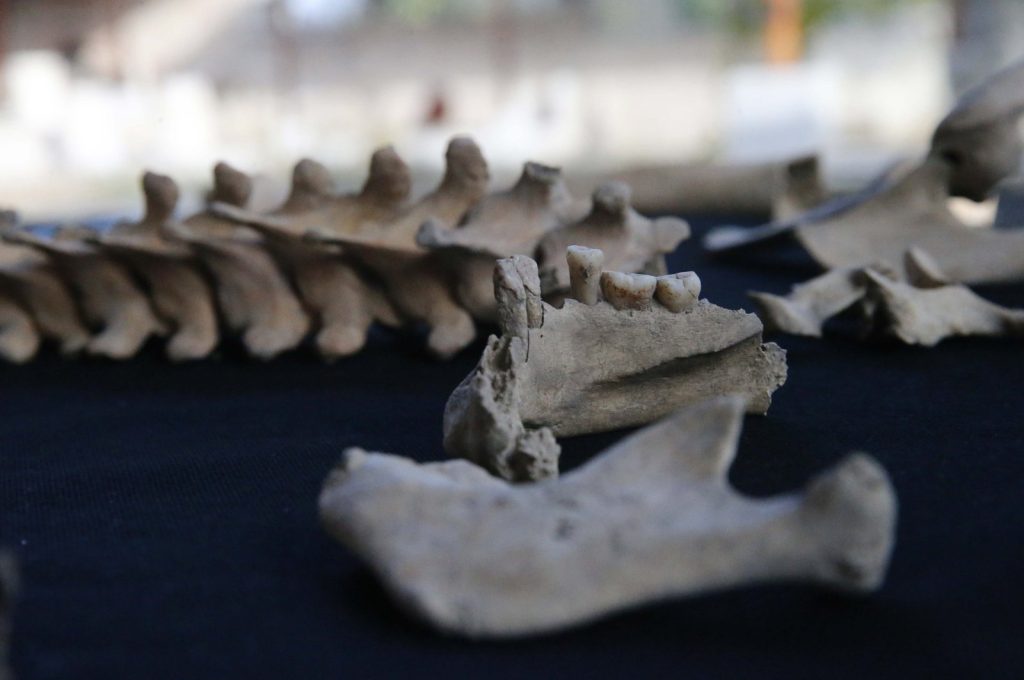Archaeogenetic studies are underway on skeletons discovered in the graves of Stratonikeia, the “City of Gladiators,” located in in the Yatağan district of Muğla, Türkiye’s southwestern city.
Excavation, restoration and conservation work continues year-round in Stratonikeia, one of the largest ancient marble cities that maintained its significance through the Hellenistic, Roman, Byzantine, Anatolian Beyliks, Ottoman and Republic periods.
In addition to excavation efforts, researchers are developing projects to shed light on the ancient city and its historical periods.
Speaking to Anadolu Agency (AA), professor Aylin Köseler, head of the Biophysics Department at Türkiye’s Pamukkale University Faculty of Medicine, said they are conducting a 1.5-year archaeogenetic project in Stratonikeia.
Professor Köseler explained that their research compares diseases from ancient times to those of the modern era, focusing on regional differences.
“By isolating DNA from the skeletal remains found during excavations, we aim to gather insights into past diseases that existed in this region. The initial findings are truly promising,” she said.
Noting that the skeletal remains unearthed from graves serve as the primary resource for their work.
“We have completed approximately six months of the project. The excavation team identifies the period to which the finds belong, creating a chronological dataset. We’ve identified specific mutations, particularly those related to the MTHFR gene, an enzyme that plays an important role in the body’s folate metabolism.”
“With just three to five samples available, we’re exploring whether broader sampling from the population would reveal a higher frequency of these mutations. Interestingly, we have detected these mutations in skeletal remains from both the Roman and Byzantine periods,” she added.
Professor Bilal Söğüt, head of the excavations in Stratonikeia and Lagina, emphasized that alongside excavations, various research and support projects are being conducted in the ancient city.
“One such project involves our collaboration with Pamukkale University Faculty of Medicine. This project examines diseases in human and animal skeletons discovered during excavations, offering insights into the era. The results so far are truly exciting.” he said.


